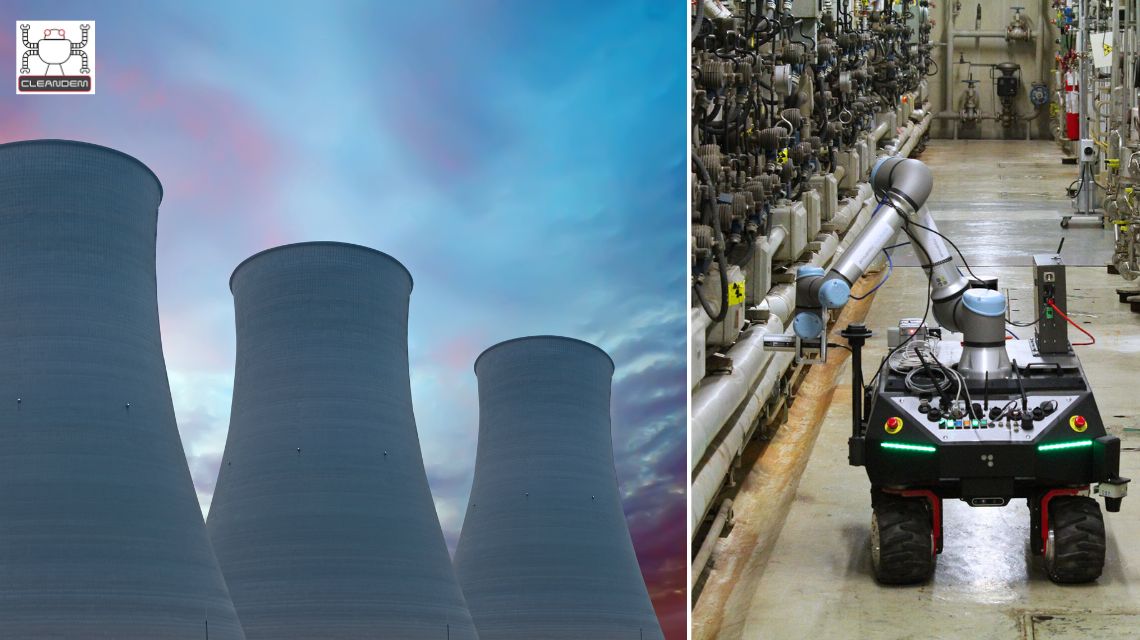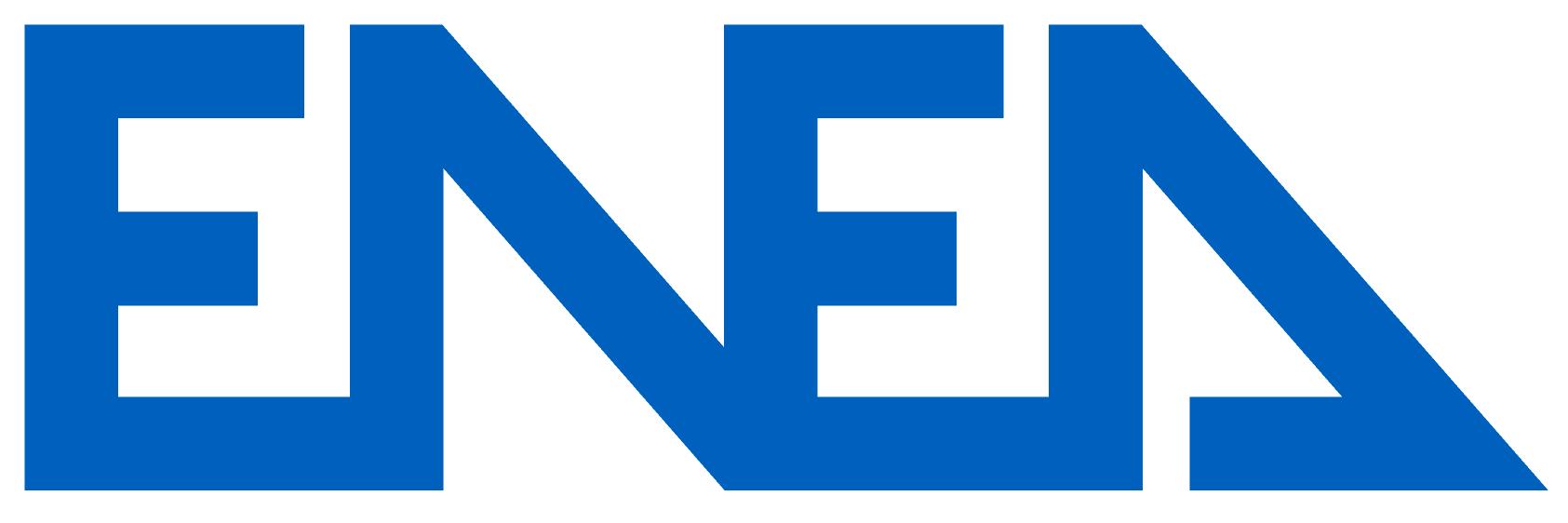Italian National Agency for New Technologies, Energy and Sustainable Economic Development

Energy: From ENEA new heat exchanger for Generation IV plants
ENEA has participated in creating a virtual model to train employees, manage deactivating and decommissioning (D&D) activities and perform verifications concerning the final characterization and release phases of nuclear sites. The activity, which consists in the development of a “digital twin” (DT), was carried out as part of the European project CLEANDEM[1], which includes 11 EU countries [2].
“The project was launched to promote breakthrough technologies in nuclear site decommissioning using an Unmanned Ground Vehicle Robotic Platform (UGV) to study sites, plan activities, manage operator training and D&D activities. The purpose is to save time, cut costs, reduce environmental impact and minimize human intervention to improve the safety of workers and the public,” pointed out Luigi Lepore, researcher at the ENEA Radiological Characterization and Radioactive Waste Management Laboratory, responsible for the project.
To date, human intervention is still required for most of the operations that take place during the deactivating and decommissioning phases: from post-shutdown operations that have significant radiation fields to intermediate and final phases that involve the increasingly reducing radioactivity levels to the actual decommissioning, which typically begins when residual radioactivity has been significantly reduced.
The technology platform allows to support and facilitate the operations performed by operators of nuclear facilities, fuel cycle-related sites, radioactive waste collection, management or storage facilities, and sites or laboratories that handle radioactive materials.
Leveraging ENEA's expertise and skills, the behavior of the instruments was studied in terms of recording data from the sensors in the field, synchronization over time, triggering further actions based on the recorded values (e.g., activation of the alarm for a radiological anomaly), and data representation in the Digital Twin, including reporting information like photos, videos, historical documentation, etc. Jointly with the other partners, a Structured Query Language (SQL) database platform was chosen as the best solution to harmonize all requirements.
A prototype of the cryogenic system for trapping carbon-14 in atmospheric carbon dioxide and measuring its concentration was also developed.
ENEA, through its laboratories, tested and validated with certified radioactive sources, gamma detectors developed by other partners. The study focused on the performance of the devices based on their actual application, implementing analytical calculation models to evaluate the minimum detectable activity both in static conditions and in the actual movement of the unmanned robotic platform.
For more information please contact:
Luigi Lepore, ENEA - Radiological Characterization and Radioactive Waste Management Laboratory, luigi.lepore@enea.it
Notes
[1] Cyber physicaL Equipment for unmAnned Nuclear DEcommissioning Measurements.
[2] France's CEA (coordinator) Oran DS and Arttic, Germany's Aachen Institute for Nuclear Training (AINT), Spain's Fundacion Tecnalia Research & Innovation, and Italy's ENEA, Ansaldo Nucleare, CAEN, INFN, Rina Consulting, and Sogin.
